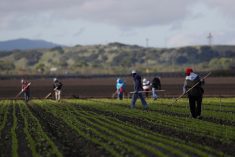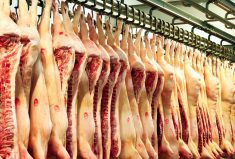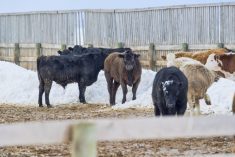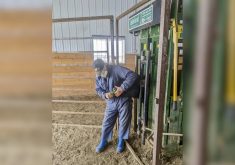An H5 strain of avian flu has been confirmed on a commercial turkey farm in southern British Columbia’s Fraser River valley, the Canadian Food Inspection Agency reported Saturday.
“Tests to date indicate that the strain of AI in this case is low pathogenic,” the agency said in a release. “Further testing is underway to confirm pathogenicity and to determine the precise subtype and strain of the virus.”
Whether “low path” or “high path,” all birds on the infected premises will be humanely euthanized and disposed of, CFIA said.
Read Also

Mazergroup’s Bob Mazer dies
Mazergroup’s Bob Mazer, who helped grow his family’s company into a string of farm equipment dealerships and the main dealer for New Holland machinery in Saskatchewan and Manitoba, died July 6 from cancer.
Once all birds have been removed, CFIA said, it will oversee cleaning and disinfection of barns, vehicles, equipment and tools to “eliminate any infectious material that may remain,” the agency said.
CFIA said it will restrict movement of poultry and poultry products within three km of the infected premises. The agency said it’s relying on all backyard poultry owners to monitor flocks and immediately report sick or dead birds.
The CFIA is also investigating any recent movement of birds, bird products and equipment onto and off of the infected property.
CFIA said it will also notify the World Organization for Animal Health (OIE) and international trading partners of the situation.
The Fraser Valley includes most of B. C.’s poultry production and has had outbreaks of bird flu before, the biggest of which was in 2004.
The best known “high-path” strain of bird flu, H5N1, since 2003 has killed about 250 people worldwide, generally those who have had direct contact with infected birds and their blood.
Experts in zoonotic diseases have said H5N1 runs a risk of mutating or combining with another flu virus to touch off a human pandemic.


















